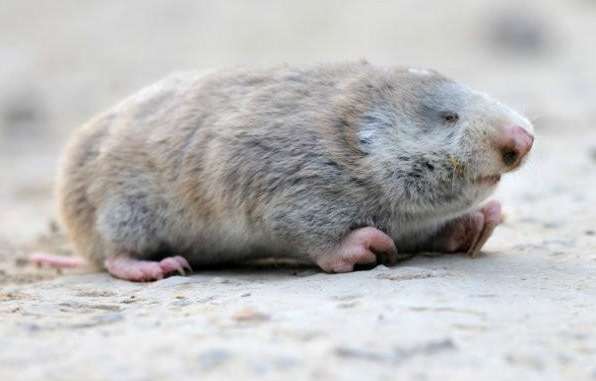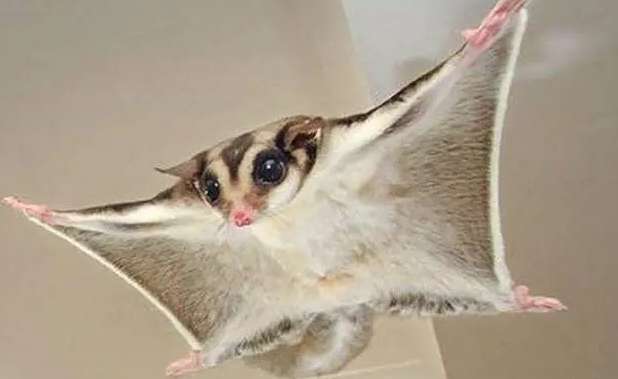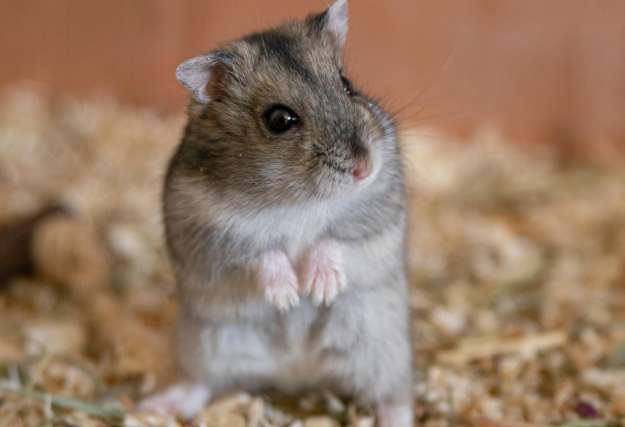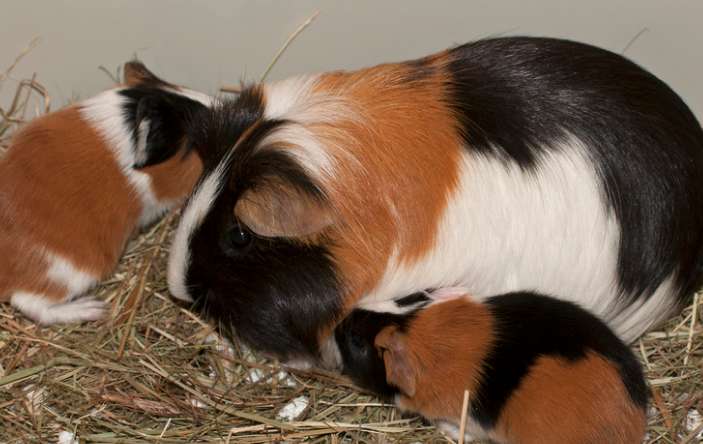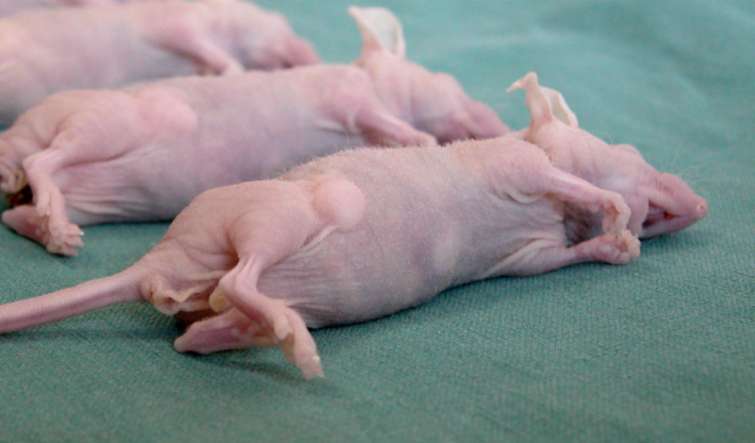The black-lined rat, also known as the black-lined rat, is an endangered "pest rat". In addition to stealing seeds during the sowing period, growing period and In addition to gnawing on the vegetative organs and fruits of crops during the mature period, it is also an important host for epidemic hemorrhagic fever and leptospirosis, spreading as many as 17 kinds of diseases, so this species is not popular among people. Today, due to extensive hunting, the number is even rarer. In 2013, it was included in the Red List of Endangered Species of the International Union for Conservation of Nature (IUCN). Next, the editor will take you to get to know the black-lined rat.
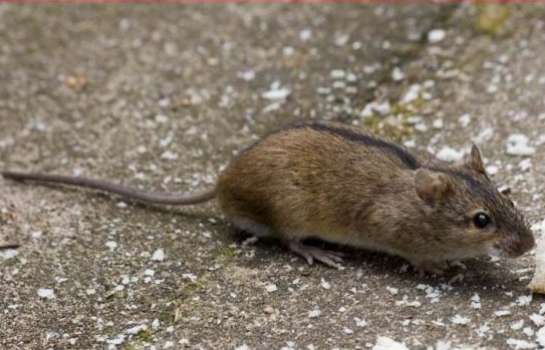
一, Morphological characteristics
1. Body shape
Body length: 65~117 mm
Weight: about 100 grams
2. Head
The skull is slender and small.
3. Snout
The snout is relatively long and narrow, with a tapered front end.
4. Ears
The ears are 9 to 16 mm long, turned forward, close to the eyes, but not reaching them.
5. Tail
The tail length is 2/3 of the body length, and the tail hair is underdeveloped and ring-shaped.
6. The limbs
are thin and weak.
7. Coat color
The coat color of the black-lined mouse changes to a certain extent depending on the habitat and subspecies. The coat is generally tan, with the base of the coat mostly dark gray, the upper section yellowish brown, and some with a bit of black. There is a distinct black stripe on its back, extending from between the ears to near the base of the tail. The black line is sometimes incomplete, short or unclear.
2. Distribution range
1. Within China: distributed in Liaoning, Guizhou, Yunnan, Tibet, Shanghai, Zhejiang, Jiangsu, Jiangxi, Hunan, Guangdong, Hong Kong, Hainan, Guangxi, Fujian, Taiwan and other places.
2. Outside China: distributed in North Korea, Mongolia, Russia and western Europe.
3. Habitat Environment
The habitat of the black-lined rat is relatively wide, and it generally likes to live in sunny, humid, and near water sources.
1. In agricultural areas: Black-lined rats often inhabit ridges, earth embankments, forest edges and fields at an altitude of 225 to 1670 meters.In the open space.
2. In forest areas: Black-lined rats often live in meadows, valleys, vegetable fields and firewood piles in residential areas, and often enter residential houses to spend the winter.
4. Hazards
1. Disease transmission
Black-lined rats can be infected with the virus through contact with rat secretions, feces, Urinary infection causes epidemic hemorrhagic fever with an incubation period of 5-50 days. Failure to treat it in time can lead to death. Black-lined rats can be transmitted to humans through fleas. The incubation period is 2-7 days. High fever and swollen lymph nodes may occur, which can lead to septicemic plague and pneumonic plague. Failure to treat it in time can also lead to death.
2. Destroy crops
The black-lined rat is a dominant rat species in humid agricultural areas. Black-lined rats often steal various crops, such as seedlings, seeds, fruits, vegetables, etc. The damage to crops can be sustained from the sowing stage to the maturity stage.
As for the introduction of the black-lined rat, the editor will talk about it today. I believe that all of you have a certain understanding of it!
